
With urban expansion pushing communities farther into natural areas, wildfires are growing more and more problematic for homeowners. Subdivisions and individual homes surrounded by natural landscapes face special wildfire risks. In these areas, fires that start in the grass, brush, or forest can move quickly into developed areas. Homeowners in these places can take simple steps to protect their homes and property from wildfire through building firewise landscapes.
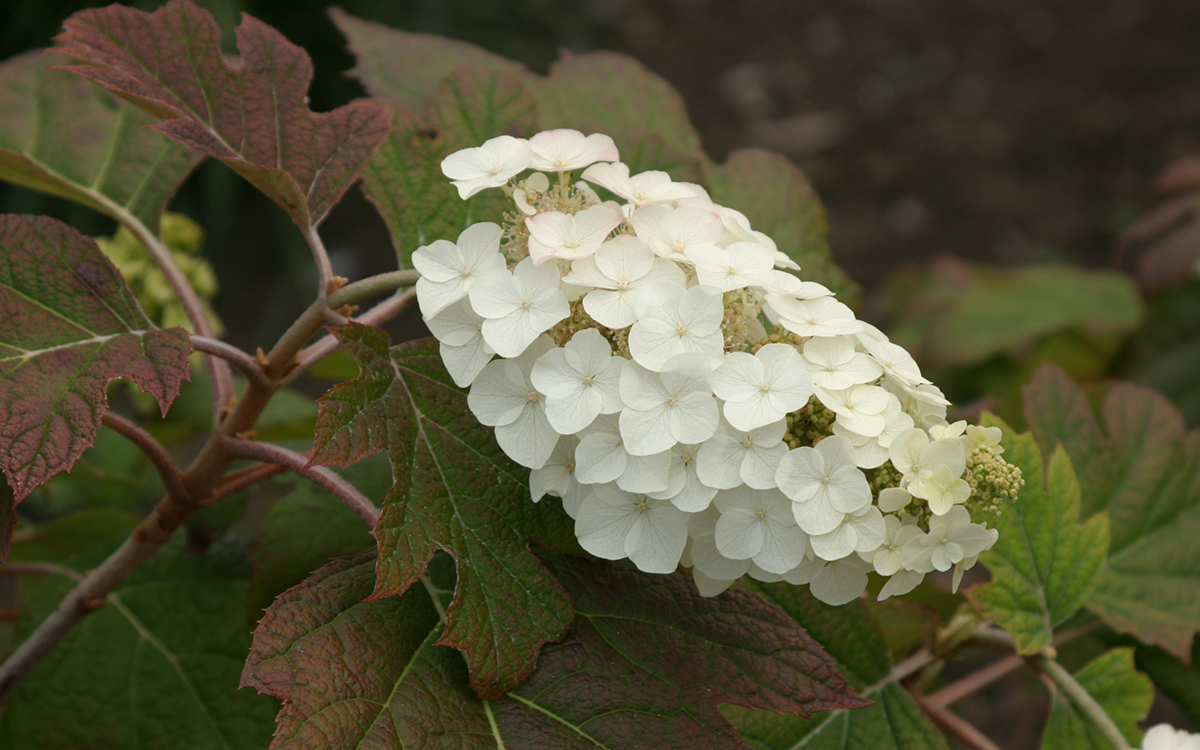
4 Things to Do to Create a Firewise Landscape
The primary goals of firewise landscaping are to reduce fuel loads near the home and create defensible space. Defensible space is a buffer zone between grasslands, forests, and other wildlands and your home that is designed to minimize fuel, slow or stop the spread of wildfire, and provide firefighters a safe area to work if they should need to defend your home. The following guidelines will help you reduce fuel loads and create a defensible space around your home.
1. Minimize fuel loads
The first step to creating a firewise landscape is reducing the buildup of dangerous fuels adjacent to the house. Dry plant materials readily combust. Protect your home by removing dried leaves, needles, cones, branches, and bark within a 100-foot radius of the house. Survey the area for other combustible items, such as firewood and fuel tanks, and store these at least 30 feet from the home.
Pay attention to the area below and surrounding decks, balconies, or stairs, and install screening as needed to keep plant material from accumulating. If you have a wooden fence, gate, or arbor, make sure it is not directly touching the house, and consider replacing it with a noncombustible alternative.
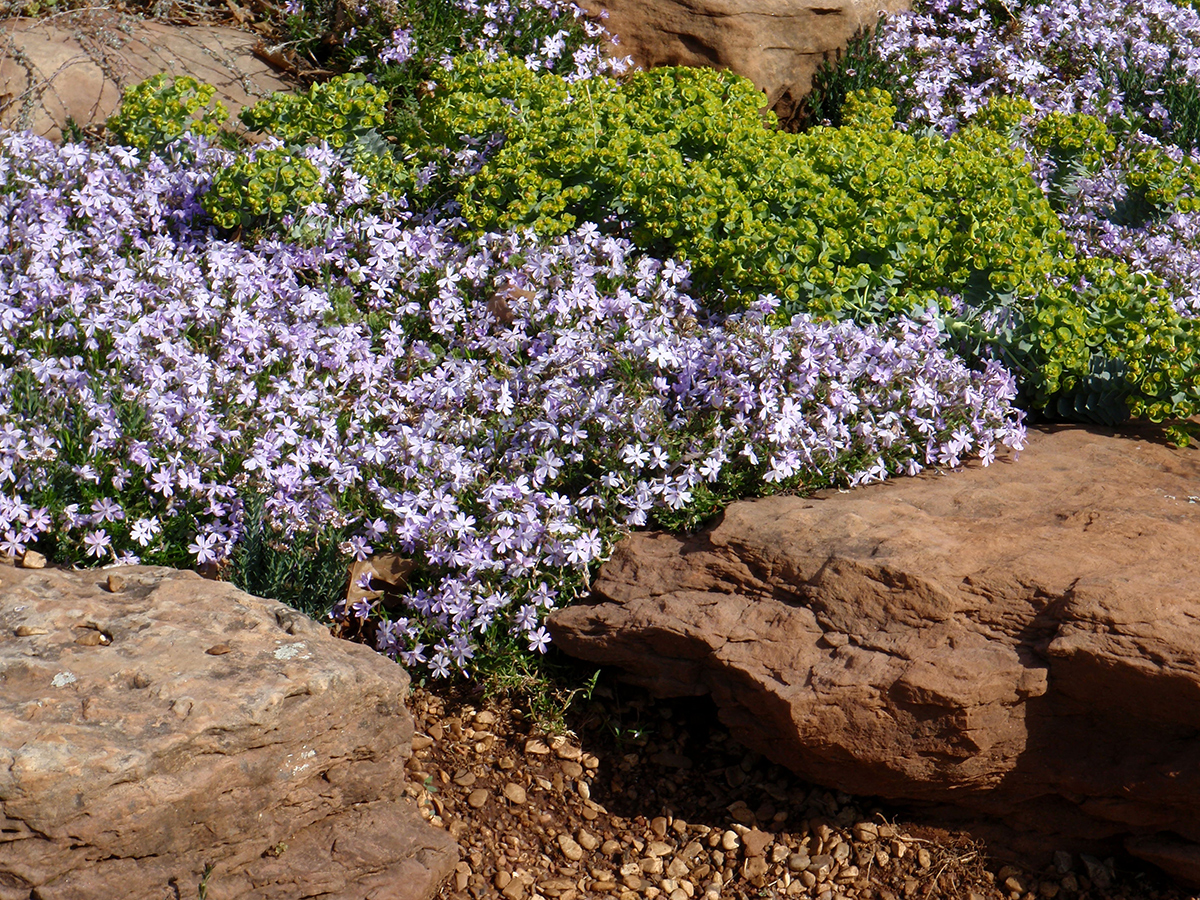
2. Protect your home from embers
Embers from wildfires can drift far from the actively burning areas and cause the fire to spread quickly. In addition to minimizing combustible materials as described above, keep the roof and gutters clear of debris. Consider installing gutter guards. Remove any branches that hang over the roof, as well as those within 10 feet of a chimney or stovepipe outlet. Use noncombustible hardscape materials such as stone, pavers, or concrete, and inorganic mulches like pea gravel in the areas immediately adjacent to the house.

3. Maintain and irrigate plants
Proper irrigation is an important component of fire-wise landscaping. Homes can catch fire from embers, direct flame, or radiant heat. Maintaining a well-irrigated and managed landscape within 100 feet of all sides of the house ensures vegetation is well-hydrated and more resistant to catching fire. Remember to irrigate turf areas as well as ornamental plantings, and keep grass mowed to 4 inches or shorter.
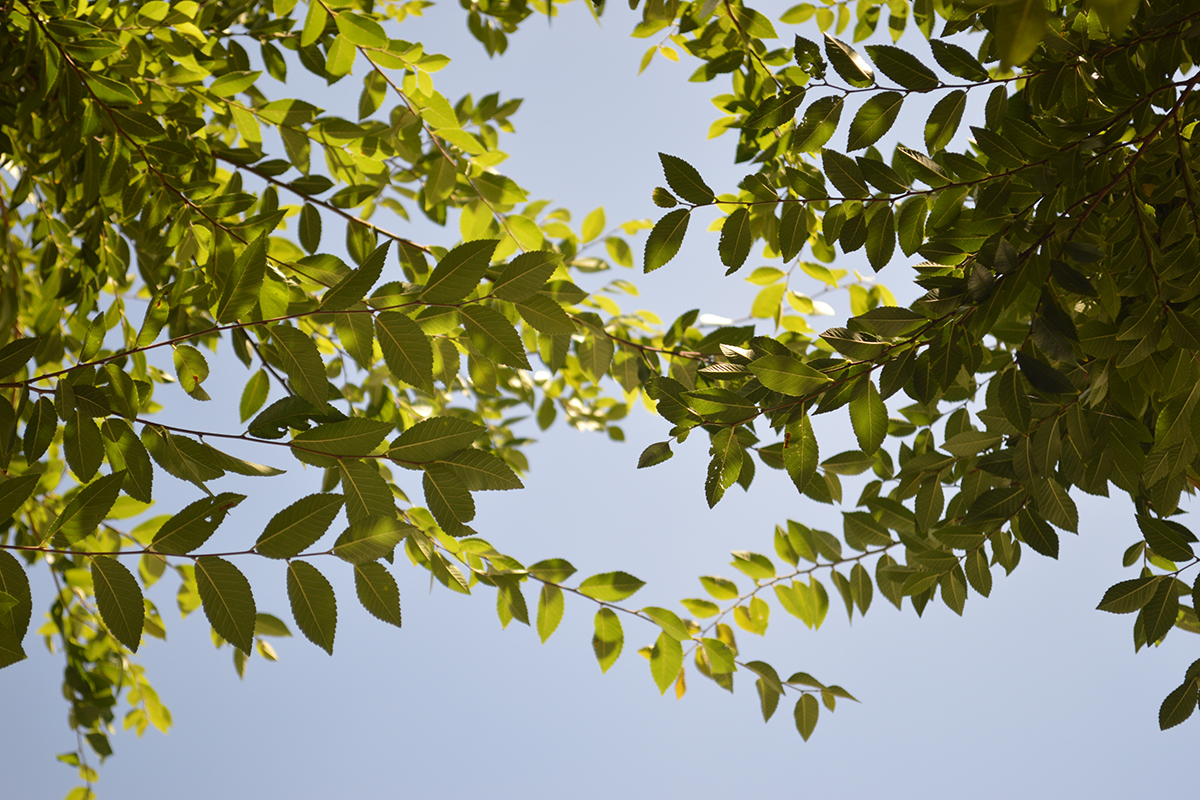
4. Give plants extra space
Flames can readily climb trees and move from one plant to another if the branches are touching. Spacing plants widely in the landscape helps reduce the movement of fire. It is also important to use fire-resistant plant materials, as described below. Limit the ability of flames to move from tree to tree by maintaining a minimum of 10 feet between the branches of one tree and those of the next. Maintain a similar separation between trees and shrubs, as well as other flammable items like swing sets and furniture. Increase this distance to 20 feet on sloped land.
A good rule of thumb for spacing shrubs is to plant them twice as far apart as their expected mature height. Again, double this spacing on slopes. Maintaining good separation is critically important in the area immediately adjacent to the house. Use only low-growing, well-spaced plants in this area.
Flames also move vertically from the ground plane into the tree canopy. This can be minimized by removing tree branches within 6 feet of the ground (higher if shrubs are planted beneath trees). Limit plant material beneath trees to low-growing selections.
Firewise Ground Covers, Perennials, and Woody Plants for the Southern Plains
Some plants are more resistant to fire than others. Fire-resistant plants are those that do not readily ignite from a flame or other ignition source. These plants can be damaged or even killed by fire; however, their foliage and stems do not significantly contribute to the fuel and, therefore, the fire’s intensity. Several factors influence the fire characteristics of a plant, including moisture content, age, total volume, dead material, and chemical content.
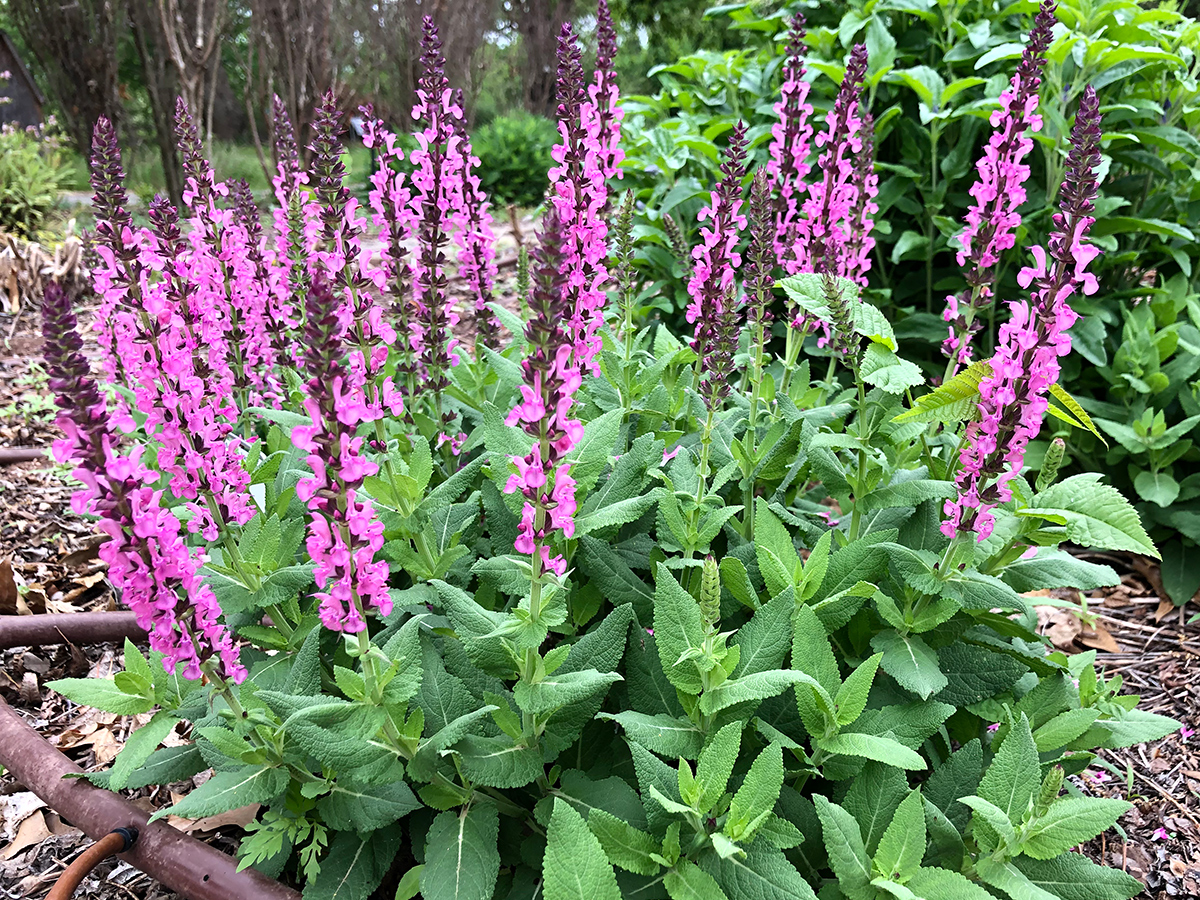
Highly flammable plants tend to contain resins, oils, and waxes. These include many evergreen trees and shrubs such as pines (Pinus spp. and cvs., Zones 2–11), junipers (Juniperus spp. and cvs., Zones 2–11), and cedars (Cedrus spp. and cvs., Zones 5–9). Avoid placing these types of plants adjacent to the house. Also avoid placing plants that accumulate dry or dead material such as twigs, needles, and leaves up against the house. This includes many woody vines, like trumpet creeper (Campsis radicans and cvs., Zones 4–10), as well as ornamental grasses. In winter, these plants have large amounts of dry material and are extremely flammable, allowing a wildfire to spread rapidly.
Plants with low resin will be less flammable, as are those with a high moisture content. Other characteristics to look for in selecting plants with low flammability are an open canopy that is not prone to accumulating dead wood or dry, dead material. Hardwoods like oaks and maples have high moisture content in their leaves. They have an open, loose branching pattern and low levels of resin and oil.
The following fire-resistant plants are suitable for the Southern Plains. The lists include many native species and tend to favor deciduous tree and shrubs. For evergreen color, look to the perennials and ground covers listed.
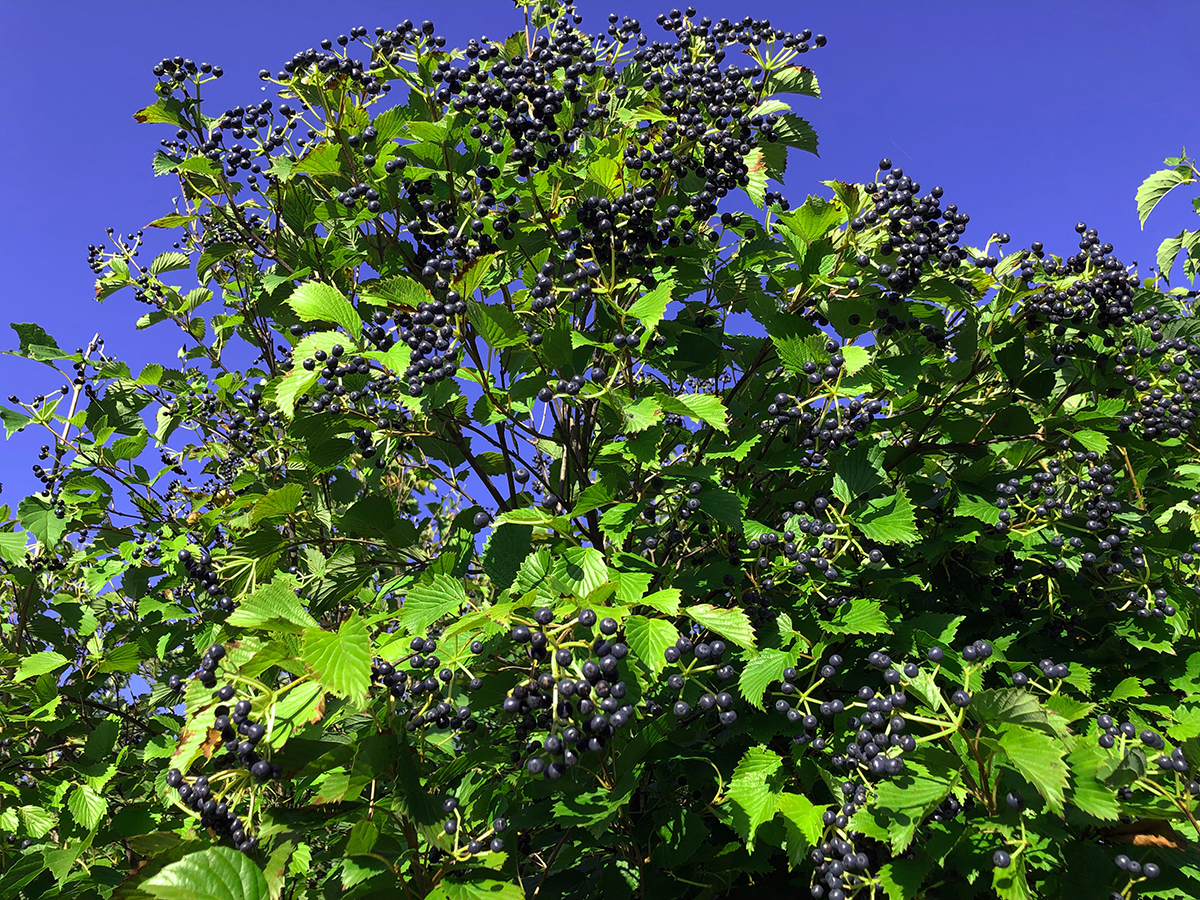
Firewise ground covers
- Bugleweeds (Ajuga reptans and cvs., Zones 3–10)
- Creeping mahonias (Berberis repens and cvs., syn. Mahonia repens, Zones 4–9)
- Hardy iceplants (Delosperma cooperi and cvs., Zones 6–10)
- Sedums (Hylotelephium, Petrosedum, Phedimus, and Sedum spp. and cvs., Zones 3–11)
- Creeping phloxes (Phlox subulata and cvs., Zones 3–9)
Firewise perennials
- Large flower tickseeds (Coreopsis grandiflora and cvs., Zones 4–9)
- Blanket flowers (Gaillardia spp. and cvs., Zones 3–11)
- Heucheras (Heuchera spp. and cvs., Zones 4–9)
- Irises (Iris spp. and cvs., Zones 3–10)
- Penstemons (Penstemon spp. and cvs., Zones 4–11)
- Salvias (Salvia spp. and cvs., Zones 3–11)
Firewise shrubs
- Oregon grape hollies (Berberis aquifolium and cvs., syn. Mahonia aquifolium, Zones 5–8)
- American beautyberries (Callicarpa americana and cvs., Zones 6–10)
- Strawberry bushes (Euonymus americanus and cvs., Zones 6–9)
- Common witch hazels (Hamamelis virginiana and cvs., Zones 3–9)
- Oakleaf hydrangeas (Hydrangea quercifolia and cvs., Zones 5–9)
- Viburnums (Viburnum spp. and cvs., Zones 2–9)
Firewise trees
- Maples (Acer spp. and cvs., Zones 3–9)
- Pecans (Carya illinoinensis and cvs., Zones 5–9)
- American hackberries (Celtis occidentalis and cvs., Zones 3–9)
- Eastern redbuds (Cercis canadensis and cvs., Zones 4–9)
- Sweetgums (Liquidambar styraciflua and cvs., Zones 5–9)
- Black gums (Nyssa sylvatica and cvs., Zones 4–9)
- Oaks (Quercus spp. and cvs., Zones 3–10)
Learn more
Plants to Protect Your Home from Fire
Firewise Plants for the Mountain West
Firewise Landscaping—How Safe Is Your Home?
—Kim Toscano is a horticulturalist based in Stillwater, Oklahoma. She previously hosted Oklahoma Gardening, a weekly PBS television program produced by the Oklahoma Cooperative Extension Service.
Photos, except where noted: Kim Toscano




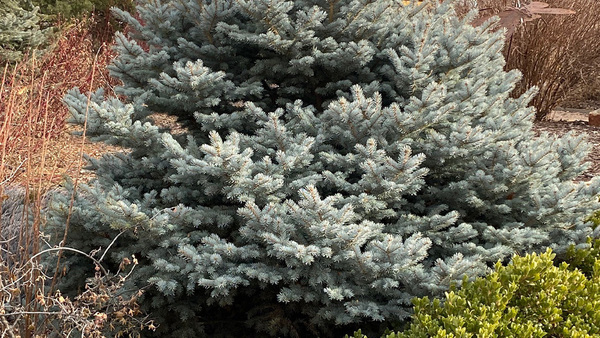













Comments
Log in or create an account to post a comment.
Sign up Log in